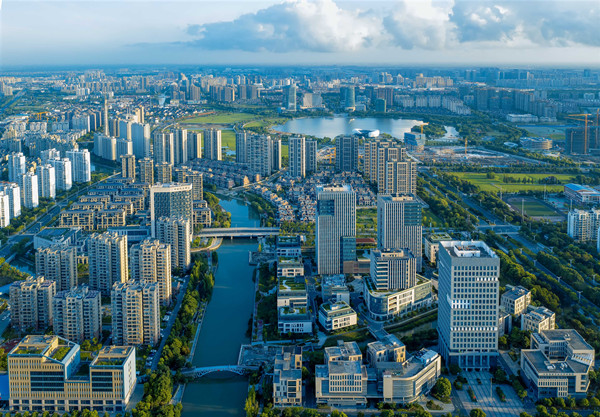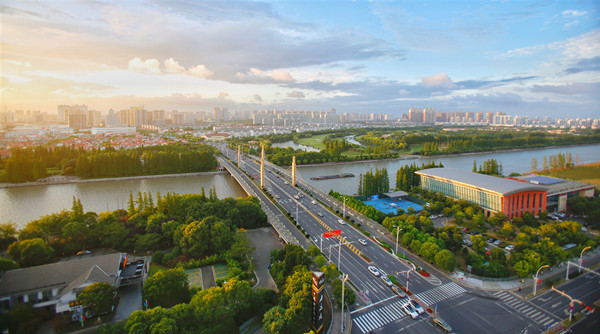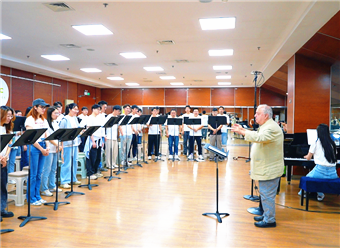Nanyuan Garden
This garden in the city of Taicang, Jiangsu province, was built during the Emperor Wanli's reign in the Ming Dynasty (1368-1644), for Wang Xijue, a high government official so that he could attend to government affairs amidst in a beautiful, aesthetic setting of plum trees and chrysanthemums, which also make a reminder of the need for integrity.
Later, one of Wang Xijue grandsons, Wang Shimin (1592-1680), expanded the complex from the original 120 acres to 200 acres, during the early Qing Dynasty (1644-1912), working with a rockery specialist, Zhang Nanyuan, to add charm of the garden. But, by the late Qing Dynasty (1644-1912), the garden had fallen into disrepair and suffered even graver damage during the tumultuous period that followed and was eventually deserted.
It was not until August of 1998 that the government started a project to restore the garden to its original glory, using drawings and old photos, and by now 18 structures have been rebuilt using materials gathered from other old buildings in Taicang. The garden covers 333 acres in the downtown area.
The gate house was rebuilt in a Ming style, with raked eaves and a half-hipped, half-gabled roof design. A plaque above the front door is the work of Dong Qichang (1555-1636), a friend of the grandson and a renowned painter and calligrapher.
It has a two-story building, the Xiangtao Hall, on an elevated area making it an advantageous spot for admiring the plum blossoms. The name translates as "waves of fragrance", indicating the sweet scent of the flowers in classical Chinese literature. It was designed by Qi Gong, an architect from the provincial antiquarian committee of Jiangsu, in a Ming Dynasty style.
The garden has four stone bridges, the most attractive one being the Zhijin Bridge, which has a single arch.The highest part of the bridge is 3.4 meters above the water. Its design reflects that of the Yudai Bridge, in Beijing's Summer Palace. A century-old Chinese hackberry tree casts a lovely shadow over the east side of the bridge.
To the southwest of the bridge is a 4-meter tall stone pavilion built in the Ming style, which contains a well, giving it the name "well pavilion". The bluestone that is used for the well was discovered during the relocation of an older building in 1998 and is said to have come from a popular entertainment site for celebrities in the Yuan Dynasty (1271-1368). To the east of the pavilion there is a terrace where people can admire the lotus flowers and see Xiangtao Hall and the Zhijin Bridge.
The main building of the garden was the Xiuxue Hall which has a plaque with writing by Wang Shizhen, a litterateur and scholar from the Ming Dynasty and a Taicang native. In the hall, painters such as Dong Qichang and Chen Jiru, from Songjiang in the Shanghai suburbs, would gather to drink, play the guqin, a stringed instrument, paint, and compose poems. The wood for the reconstructed building is from a building that was built at the turn of Ming and Qing dynasties.
One building positioned near the water, the Hanbifang, is in the shape of a boat and, although it does not move either on water or land, its two stone bitts on the "deck" make it look a real boat. From it, visitors can view the plum blossoms nearby and the rockeries farther away. To the north of the building is an old boxwood tree, whose elegant figure is good material for a photo shot.
By Liu Sitong and edited by Roger Bradshaw









